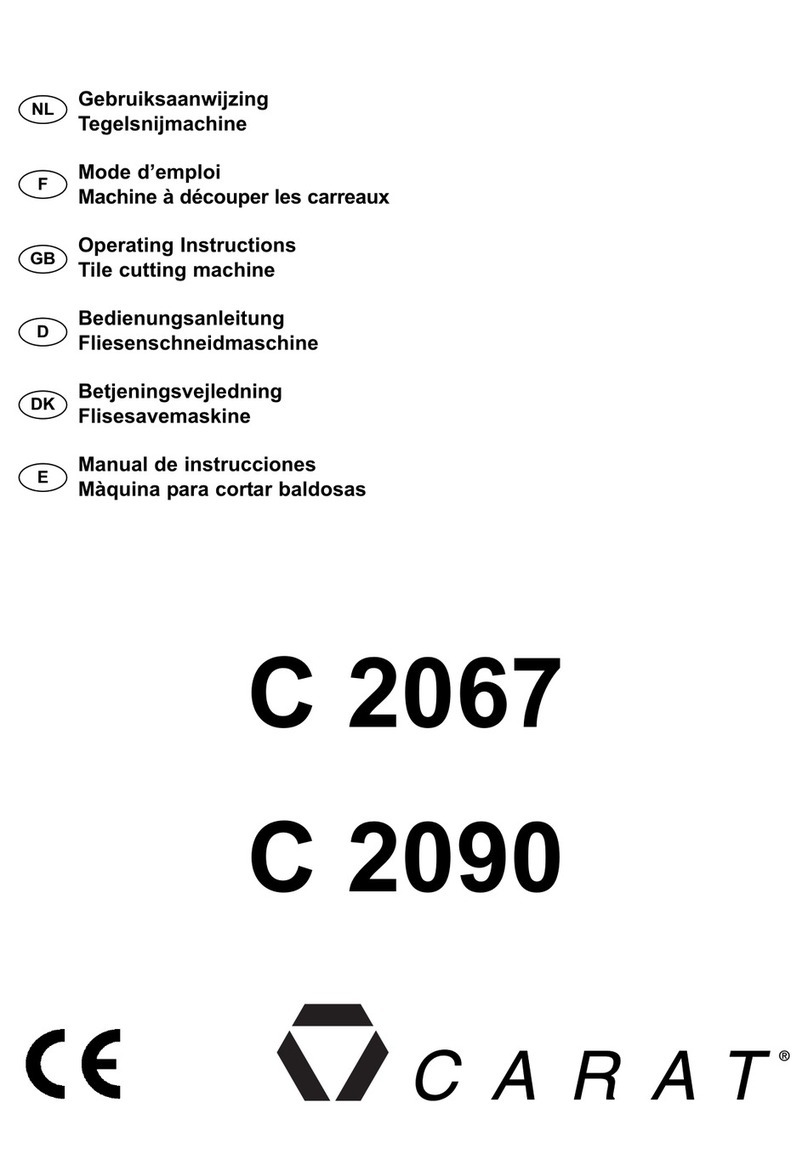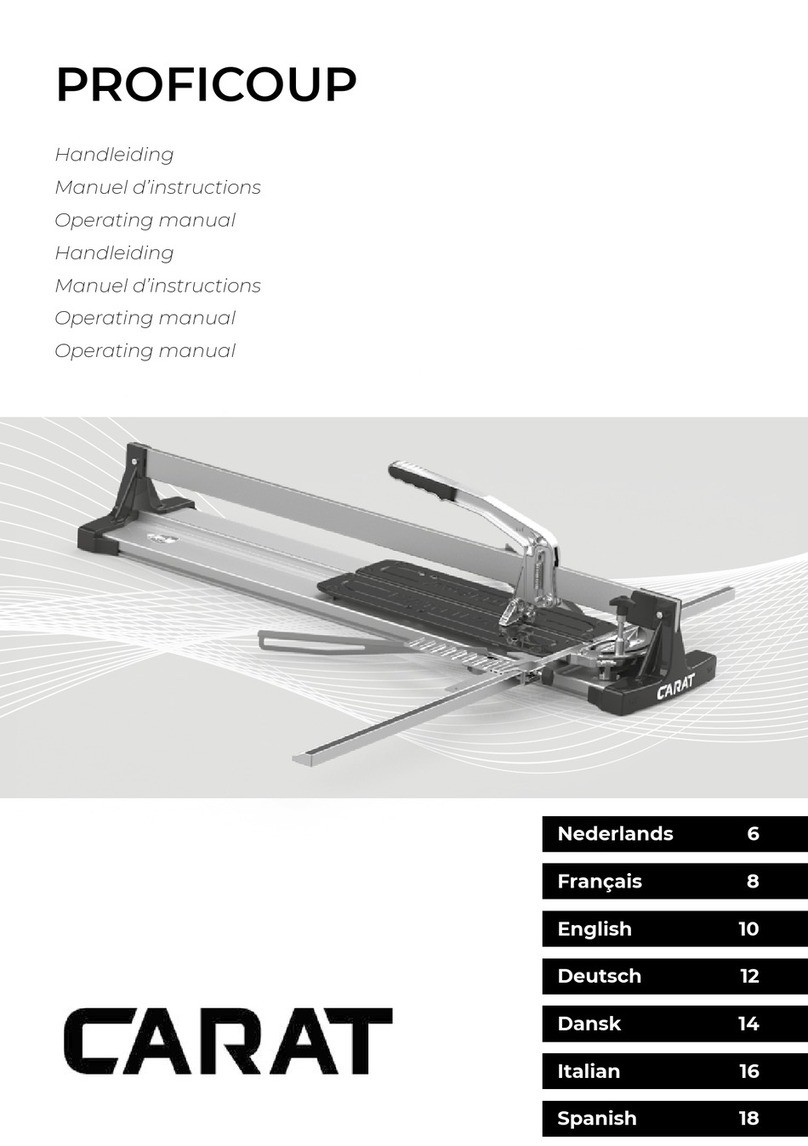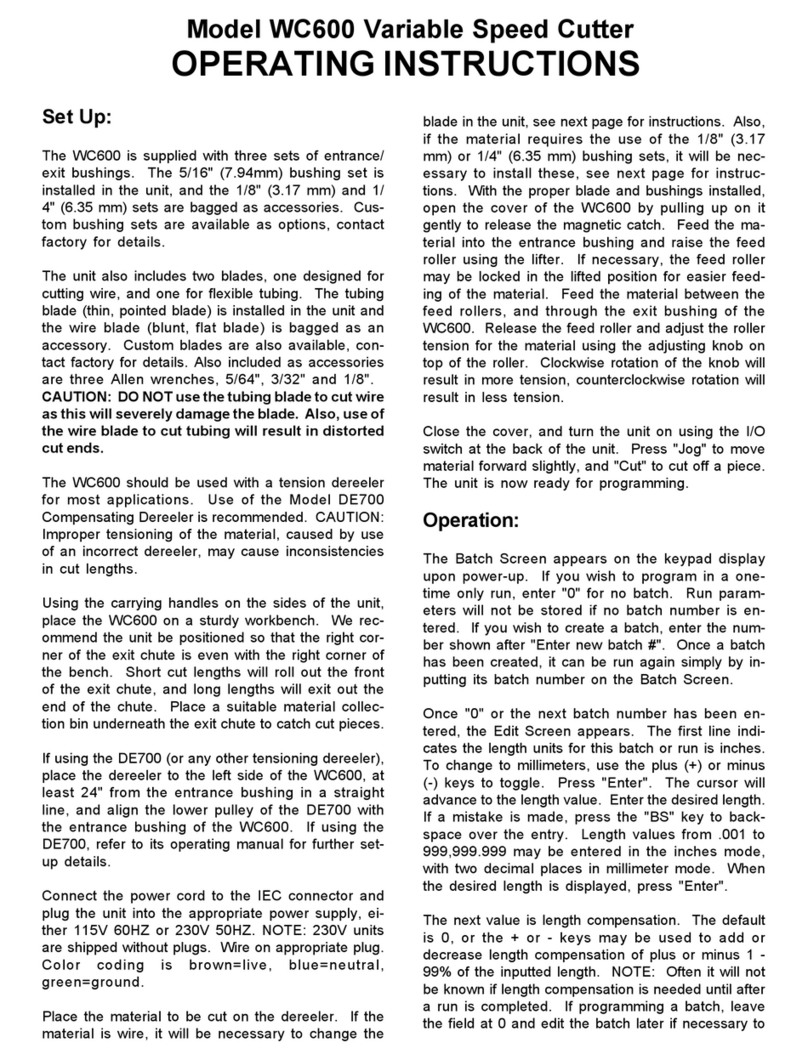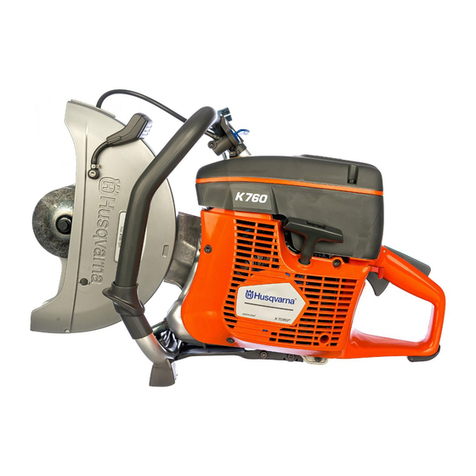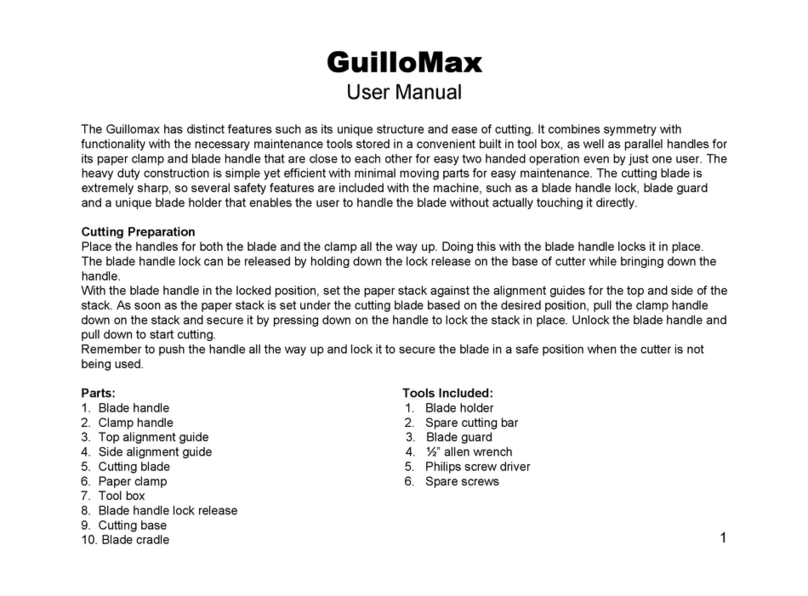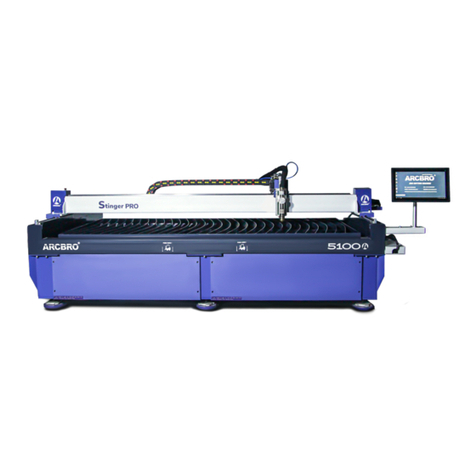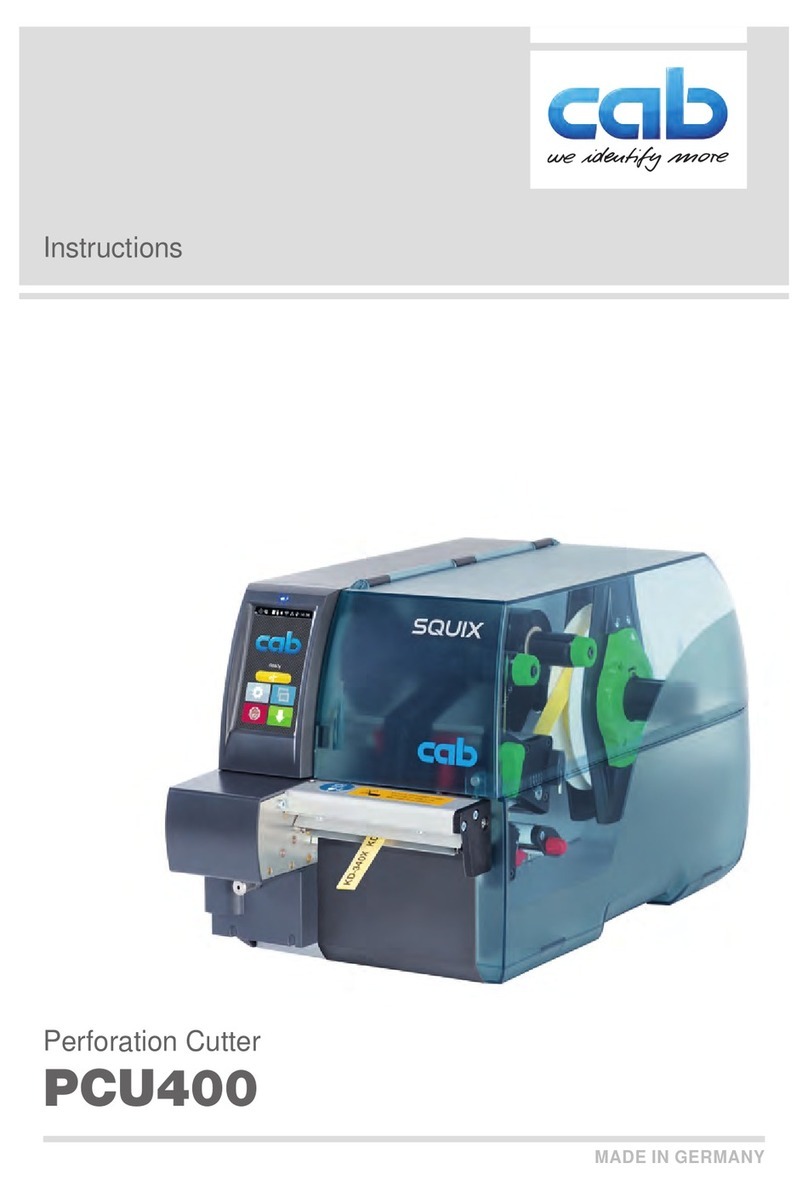
RVZ-500 Operation manual
page 3 03/2021
CONTENT:
1. SAFETY INSTRUCTIONS ....................................................................................................................................3
1.1. GENERAL INSTRUCTIONS ........................................................................................................................................3
1.1.1 Requirements for qualification of the operator................................................................................................3
1.1.2 Contractor´s obligations ..................................................................................................................................3
1.1.3 Operator´s obligations.....................................................................................................................................3
1.1.4 Operation of the machine.................................................................................................................................4
1.1.5 Maintenance and Service .................................................................................................................................4
1.1.6 Transport and Storage .....................................................................................................................................4
1.1.7 Testing..............................................................................................................................................................4
1.2. PROHIBITED ACTIVITIES ..........................................................................................................................................5
1.3. HYGIENIC PRINCIPLES .............................................................................................................................................5
1.4. ENVIRONMENTAL PRINCIPLES .................................................................................................................................5
1.5. LIQUIDATION OF THE MACHINE ..............................................................................................................................5
1.6. SAFETY INSTRUCTIONS ............................................................................................................................................6
1.7. HYGIENIC DATA ......................................................................................................................................................6
2. TECHNICAL DESCRIPTION ..............................................................................................................................7
2.1. BASIC TECHNICAL DATA .........................................................................................................................................7
2.2. LUBRICANTS ...........................................................................................................................................................8
2.3. IDENTIFICATION ......................................................................................................................................................8
2.4. ENGINE IDENTIFICATION .........................................................................................................................................8
3. PRIOR TO STARTING..........................................................................................................................................9
3.1. CHECK-OIL LEVEL ..................................................................................................................................................9
3.2. VISUAL INSPECTION OF THE MACHINE .....................................................................................................................9
3.3. ADDING FUEL .........................................................................................................................................................9
3.4. CHECK-AIR FILTER ..................................................................................................................................................9
4. OPERATION......................................................................................................................................................... 10
4.1. STARTING .............................................................................................................................................................10
4.1.1 Gasoline engines HONDA
4.2. OPERATION ...........................................................................................................................................................10
4.2.1 Selection of the cutting disc............................................................................................................................10
4.2.2 Fastening of the cutting disc ..........................................................................................................................11
4.2.3 Cutting............................................................................................................................................................11
4.2.4 Cutting depth scale.........................................................................................................................................11
4.3. ENGINE TURNING-OFF ...........................................................................................................................................11
4.4. HANDLING,TRANSPORT,STORING ........................................................................................................................12
4.4.1 Manual handling ............................................................................................................................................ 12
4.4.2 Handling by crane..........................................................................................................................................12
4.4.3 Handling by forklift........................................................................................................................................12
4.4.4 Transport........................................................................................................................................................12
4.4.5 Storing............................................................................................................................................................12
4.5. SPECIAL CONDITIONS OF OPERATION .....................................................................................................................13
4.5.1 Work at low temperatures ..............................................................................................................................13
4.5.2 Work at high altitudes ....................................................................................................................................13
4.5.3 Work in dusty environment.............................................................................................................................13
5. MAINTENANCE ..................................................................................................................................................14
5.1. MAINTENANCE OF THE ENGINE..............................................................................................................................14
5.2. TENSIONING OF THE DRIVE BELTS ........................................................................................................................14
5.3. INSPECTION OF BOLTED CONNECTIONS .................................................................................................................14
5.4 ADJUSTMENT OF ENGINE SPEED .............................................................................................................................14
6. MAINTENANCE SCHEDULE............................................................................................................................ 15






